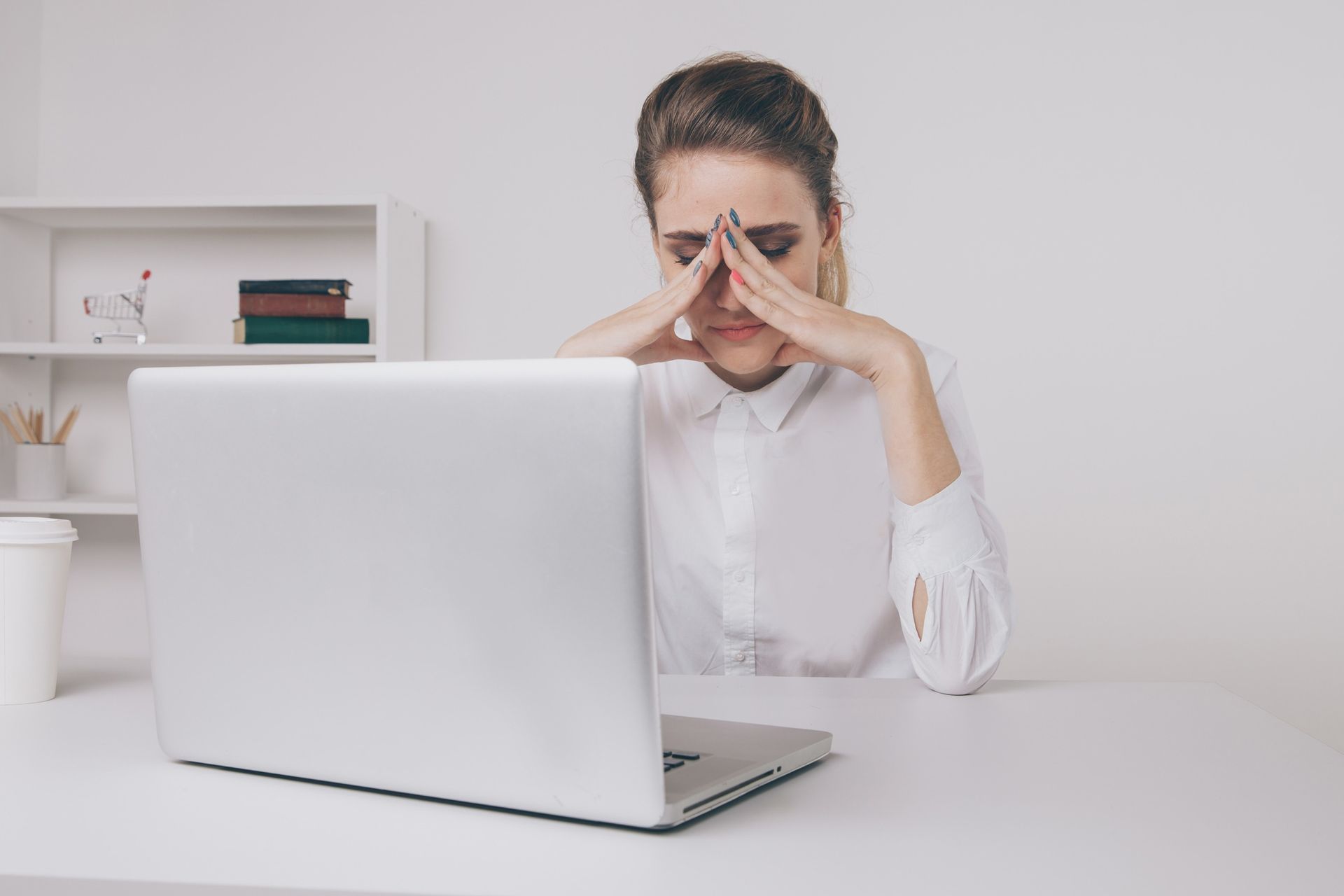
Screens change how often we blink. Most people blink less while focusing on devices. This leads to dryness, especially on the corneal surface. With fewer blinks, the tear film evaporates faster. Eyes begin to sting, itch, or feel heavy. The symptoms may go unnoticed at first. But over time, they build into consistent discomfort. Artificial tears help, but blinking awareness is crucial.
Bright environments reduce pupil constriction caused by high contrast between screen and surroundings
Room lighting affects eye comfort. Dim surroundings increase the strain caused by bright screens. The eyes work harder to adjust to uneven light levels. This imbalance can cause headaches or visual fatigue. Bright, indirect light keeps pupils stable. It reduces the need for the eyes to continuously adapt. Even soft desk lamps can improve comfort during extended use.
Short breaks every twenty minutes allow ciliary muscles to relax and refocus
Focusing on one distance tires the eyes. The ciliary muscles control lens shape. When they don’t move, tension builds. Looking away every 20 minutes helps relax them. Gazing at distant objects resets focus. This technique is simple but powerful. It prevents that tight, pressurized feeling behind the eyes. It also keeps your vision sharp over longer periods.
Blue light disturbs sleep by suppressing melatonin and disrupting circadian rhythms
Digital screens emit blue light. This wavelength affects your brain’s sleep signals. Exposure after sunset suppresses melatonin. Falling asleep becomes harder, and rest is lighter. Eyes feel gritty and red in the morning. Blue light filters, either on screen or through glasses, reduce impact. Screen settings that shift color temperature after dark also help. These adjustments restore natural rest cycles.
Incorrect posture changes eye angle and can cause upward strain on exposed eye surfaces
Your posture influences how you see. Looking up at a screen dries out your eyes faster. The top part of the eye becomes more exposed. This position reduces blinking frequency and increases fatigue. Screens should be slightly below eye level. That angle helps the eyelids cover more surface. It also relaxes neck and shoulder tension, supporting overall comfort.
Glare from reflective surfaces forces the eye to adjust constantly, leading to rapid exhaustion
Glare confuses the eye. It makes the brain work harder to interpret visuals. Reflections on the screen or nearby surfaces are common culprits. They distort contrast and brightness. This instability exhausts the eye’s focusing systems. Matte screen protectors and glare-resistant glasses can help. Changing the screen position or lighting angle often solves the problem. Subtle changes make significant difference.
Low-resolution displays make characters blurrier and increase eye movement during reading
Pixel clarity matters. Older or cheaper screens lack sharp resolution. The eye must work harder to distinguish letters. This increases movement and slows reading. Fatigue follows quickly. High-resolution screens reduce this problem. They make characters clearer and require less tracking effort. Crisp fonts and proper spacing also help the eye glide more easily across text.
Hydration levels affect tear production and eye surface comfort during extended screen use
Eyes need moisture. Dehydration reduces tear volume and quality. Even slight fluid loss affects comfort. Long screen sessions often distract from thirst cues. People forget to drink water. This adds to dryness and irritability. Keeping a bottle nearby serves as a reminder. Balanced hydration supports both visual and systemic function throughout the day.
Ambient humidity supports the tear film by slowing evaporation rates
Dry air worsens eye strain. Offices with air conditioning or heating are common trouble spots. These systems lower humidity. Tear film evaporates faster in dry environments. Small humidifiers near workstations reduce evaporation. They help maintain eye comfort over hours. Green plants or water bowls can also increase surrounding moisture subtly.
Frequent screen switching challenges visual adaptation and slows overall adjustment speed
Multitasking stresses vision. Jumping between devices demands constant eye recalibration. Each screen has different brightness, font size, and resolution. The eyes must adjust quickly to each one. That ongoing recalibration adds stress. Organizing tasks to reduce frequent switching helps. Grouping similar tasks reduces strain. A single screen layout also helps reduce conflicting input.
